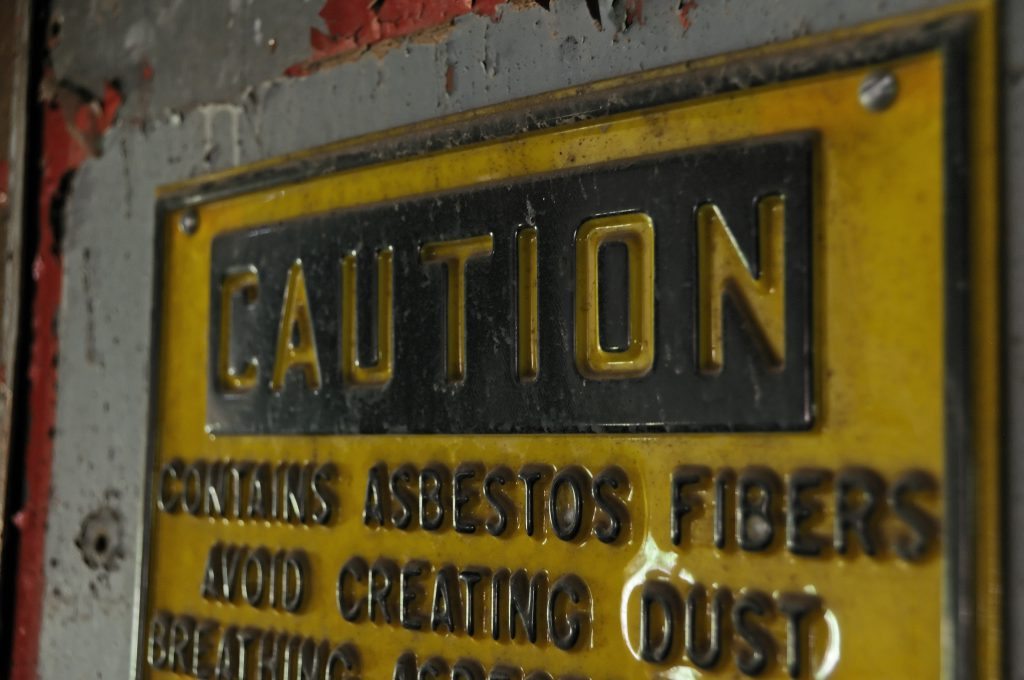What Is Asbestos?
Asbestos refers to a set of six naturally occurring fibrous minerals. Asbestos has six primary sub-classifications: chrysotile, crocidolite, amosite, anthophyllite, tremolite, and actinolite. Among these, chrysotile and amosite asbestos are the most common.
Although asbestos fibers are microscopic in nature, they are extremely durable and resistant to fire and most chemical reactions and breakdowns. These properties of asbestos were the reasons that supported its use for many years in a number of different commercial and industrial capacities. The strength of asbestos, combined with its resistance to heat, allowed it to become the material of choice in a variety of products, including, but not limited to, roofing shingles, floor tiles, ceiling materials, cement compounds, textile products, and automotive parts. Asbestos is now strictly regulated as exposure to this toxic mineral can now be directly and scientifically linked to a number of lung and respiratory health conditions.

